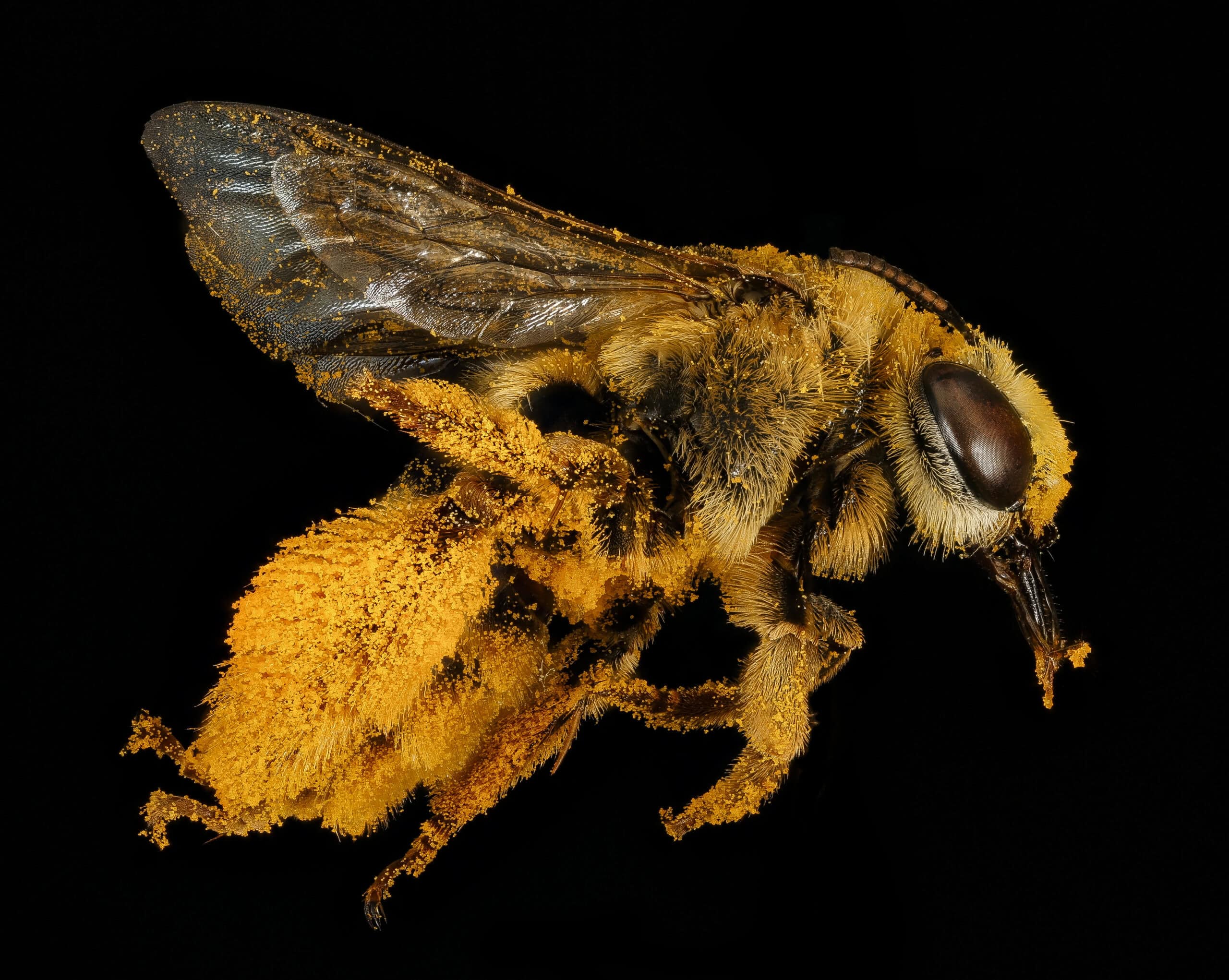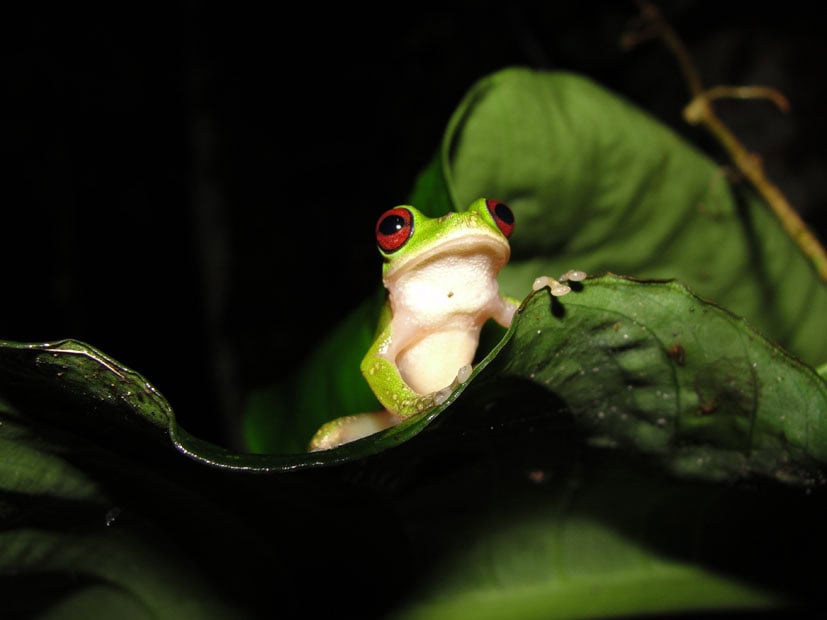Share this article
Wildlife Featured in this article
- Western honey bee
How do introduced honey bees affect native bees?
Managed apiaries and urban development have the biggest effect on ground-nesting native bees
Managed honey bee apiaries may cause a decline in native bee diversity in the United States. While ubiquitous in the Americas, western honey bees (Apis mellifera) are native to Europe. In a study published recently in Science of the Total Environment, researchers examined how the presence of apiaries affected native bee populations under different conditions. Their analysis revealed that six of the 33 wild bee genera examined had reduced numbers in urban areas when honey bee apiaries were around. Honey bee apiaries or land development most significantly affected ground-nesting bees. But people can help boost native bee populations in cities by leaving bare ground available for nesting and planting more plants that bloom in the fall.
Header Image: Long-horned bees in the Svastra genus were among those most affected in urban areas by the presence of honey bee apiaries. Pictured is Svastra petulca. Credit: U.S. Geological Survey Bee Inventory and Monitoring Lab








